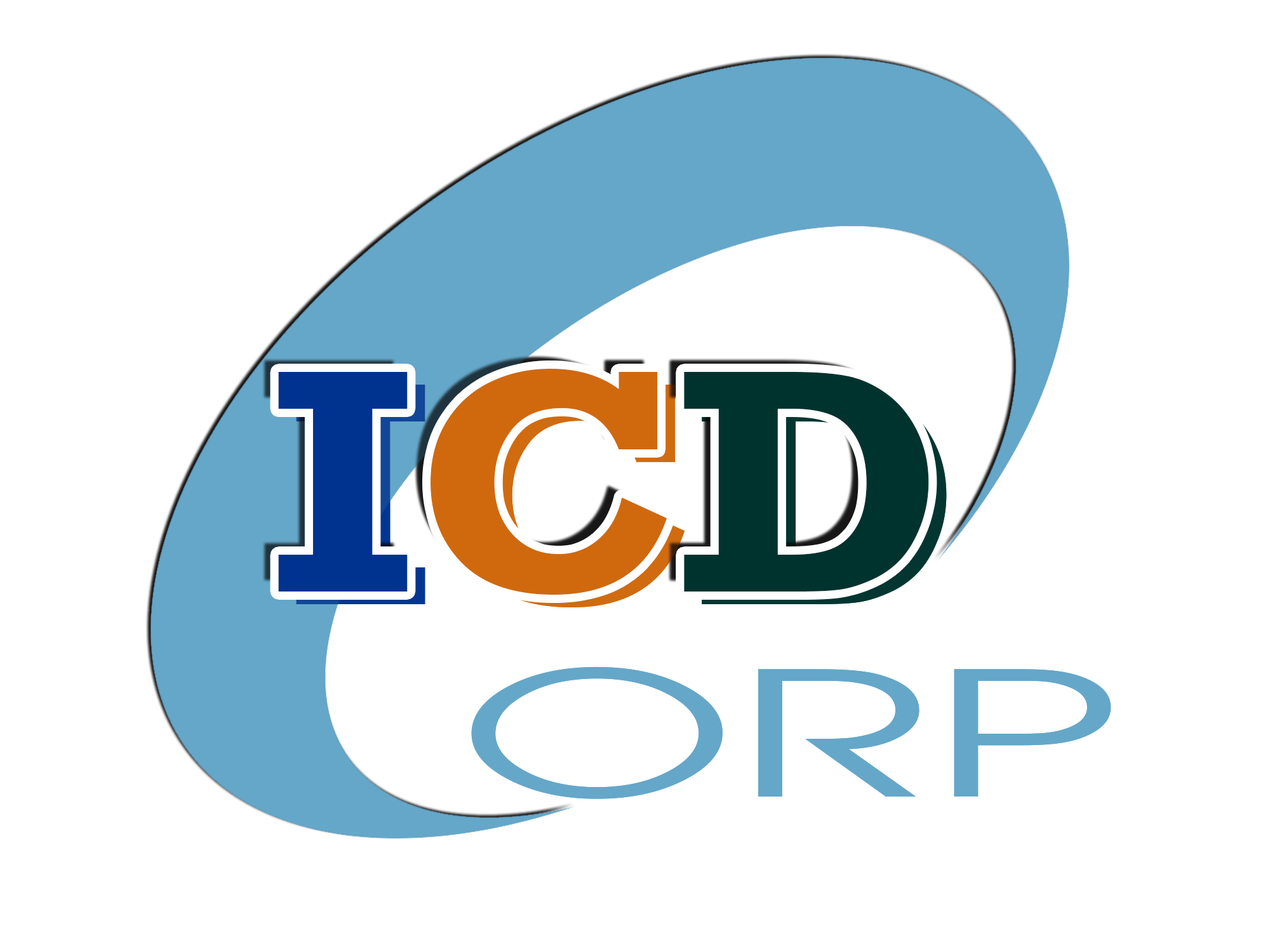Thông Tin Kỹ Thuật
Your Deferred Maintenance Backlog: How to Break Through
Building Management Systems Were Supposed to be the Solution
In their search for solutions to the challenges of deferred maintenance, some Facility Managers have turned to Building Management Systems (BMS) for answers. These computer-controlled systems run a building’s mechanical and electrical equipment, including resources like heat pumps and lighting systems.
The intent behind BMS systems was to make it easier for Facility Managers to control settings – one less thing to worry about. However, there are several drawbacks to reliance on a BMS.
One issue is data loss, impacting Facility Managers’ ability to analyze energy use patterns. This occurs:
- Anytime there is a power dropout.
- Anytime the device network is reconfigured.
- Anytime there is maintenance on the BMS.
- Anytime there is a change in outstation connections.
Many BMS are powered by or backed up to one local PC or server, and often can only store energy data for a number of weeks. When the power drops or the system crashes, recording stops and often historical data is lost.
 |
 |
Also, it is often assumed that the BMS is a lifetime purchase for a building, with no need for further upgrades. Actually, though, a BMS employs the same technologies and hardware as desktop PCs and servers. For this reason, notes Leroy Walden, LEED AP and Vice President for McKenney’s, a complete upgrade should be implemented about every three years.
Why There’s a Problem with BMS
Unfortunately, BMS systems speak a different language than most organizations. A BMS speaks in temperatures and pressures, flow rates and kWh, not in dollar terms. In other words, it’s just a data stream, with no analytics to parse out important information concerning money and time. This leaves Facility Managers to interpret the data, which is usually not an easy task.
The lack of long-term data in a BMS means that important systems in the facility that could be optimized are typically overlooked. Many incremental improvement opportunities that Facility Managers need to understand are therefore hiding in plain sight.
The Shift to IoT
A more recent solution to the challenges of deferred maintenance and reactive management is the Internet of Things (IoT), machine-to-machine connection and communication that leverages data collected from wireless devices, such as sensors.
Sensors are cloud-based and gather real-time data. They can distinguish between different acoustics, detect motion, or measure PM2.5 particulate levels. This granular and targeted insight, including identifying devices that are about to fail, is the enormous value that the IoT provides, and what Facility Managers so badly need. This insight allows FM’s to micro-target operational efficiency opportunities that provide immediate and measureable impact.

Thus, any facility team, whether they use a BMS or not, would be wise to utilize a tool that combines IoT and analytics for processes such as fault detection, performance enhancements, data aggregation, and benchmarking. Beyond a BMS, facility teams need:
- Intelligent Data. It’s crucial for sound decision-making that facility teams have access to granular, real-time usage data.
- Optimization Controls. With automated optimization controls, it’s much easier for facility teams to realize savings.
- Monitoring. Real-time data generated on an ongoing basis is key for optimal facility maintenance. Audits, while helpful, only provide information for one point in time.
 |
 |
 |
Reduce Your Deferred Maintenance Backlog With Intelligent Data
The bottom line is that Facility Managers don’t just need data, they need intelligent data. Intelligent data, the combination of expert human analysis, advanced diagnostics, targeted sensor-driven analytics, and crystal-clear insights, provides facility teams with actionable direction to help them achieve their goals.
Without intelligent data, Facility Managers are drowning in the data they have while at the same time starving for knowledge. Intelligent data acts as a life preserver that pulls them out of the hole of deferred maintenance. With this data, Facility Managers can start micro-targeting areas of their systems that most need upgrading and maintenance. Optimizing the right system can have a ripple effect throughout the facility and reduce the deferred maintenance backlog.
Responding to a facilitiesnet.com survey, Facility Managers ranked HVAC systems as the system most affected by deferred maintenance. Roofing systems were next, with building envelopes placing third. In addition, half of a facility’s energy usage is attributed to heating, cooling, and moving air. For these reasons, it makes sense to target the HVAC system first for optimization.
By utilizing intelligent data with a collaborative partner skilled in HVAC systems optimization, Facility Managers can adopt a predictive approach and be warned of potential issues before they become critical. With this type of maintenance, both a building and its systems last longer and perform better.
Contact your AAF Flanders representative to see how the insights from intelligent monitoring technology, including TCO Diagnostic® and Sensor360®, can improve operational outcomes, saving money and time in the process. Click here to learn more about Sensor360.

